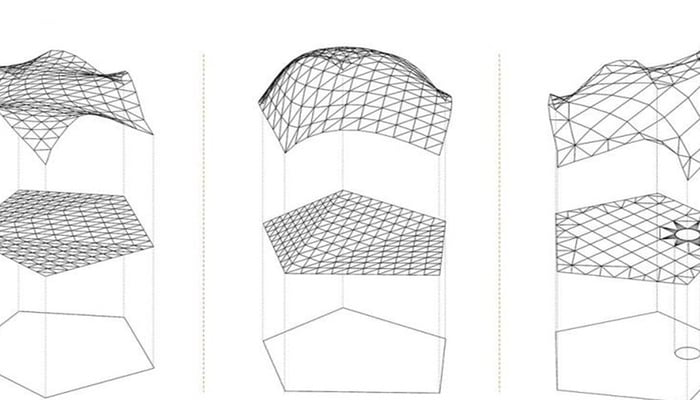How is Computation used in Stadium Design in 2025?

Table of Contents
In this article, we will understand what Stadium Design is and how Computational Design is used in Stadium Design.
What Is Computational Design?

Computational Design is the convergence of computational power and design techniques through a sequence of logical processes. For centuries, architects have relied on their experience and intuition to come up with new design solutions. However, this advanced technology has entirely changed that process.
In the simplest terms, Computational Design involves using data-driven processes to optimise the various stages of the design process, including creation, presentation, analysis, evaluation, interaction, and aesthetic expression. Computational Design is an immensely broad and complex field and there are various terminologies and subsets that it encompasses. These include Digital Design, Parametric Design, Algorithmic Design, Generative Design, Form Finding, Topology Optimisation, Material Computation, Biomimetic Design, and loads more! With digitalization accelerating, Computational Design is gaining prominence across the AEC industry today.

Interested in skyrocketing your career with this technique? Check out: How to level up your Architecture Career with Computational Design
Why Computation is used in Stadium Design

Before understanding “How” Computation is used for Stadium Design, it would be appropriate to understand “Why”. So, let’s decode that.
Imagine you are an architect and want to design a stadium without using Computational Tools.
So, you ask the client about the details of the type of stadium you are designing (its field of play and point of focus). You jot it all down and begin the complex mathematical steps - calculating the perfect seat height to ensure optimum sightline for all the viewers, the perfect placement of the columns so that it does not obstruct the sight of any viewer, performing complex calculations to find out how to maximise the number of seats to make the stadium profitable for the investor…
…And once you’re finally done with all this, the client asks you to shift the point of focus a little to the left — leaving you to redo all of these complex tasks, which can be tedious, time-consuming, and rather monotonous!
This is exactly why Computational Design is so important, especially for Stadium Design. Computational Design helps automate these calculations and make them a dynamic and repeatable process. This helps reduce the time taken to perform these calculations considerably!
How Computation is used in Stadium Design
Now, let us look into the various parts of the stadium design process where computational tools are used.
1. Sightline
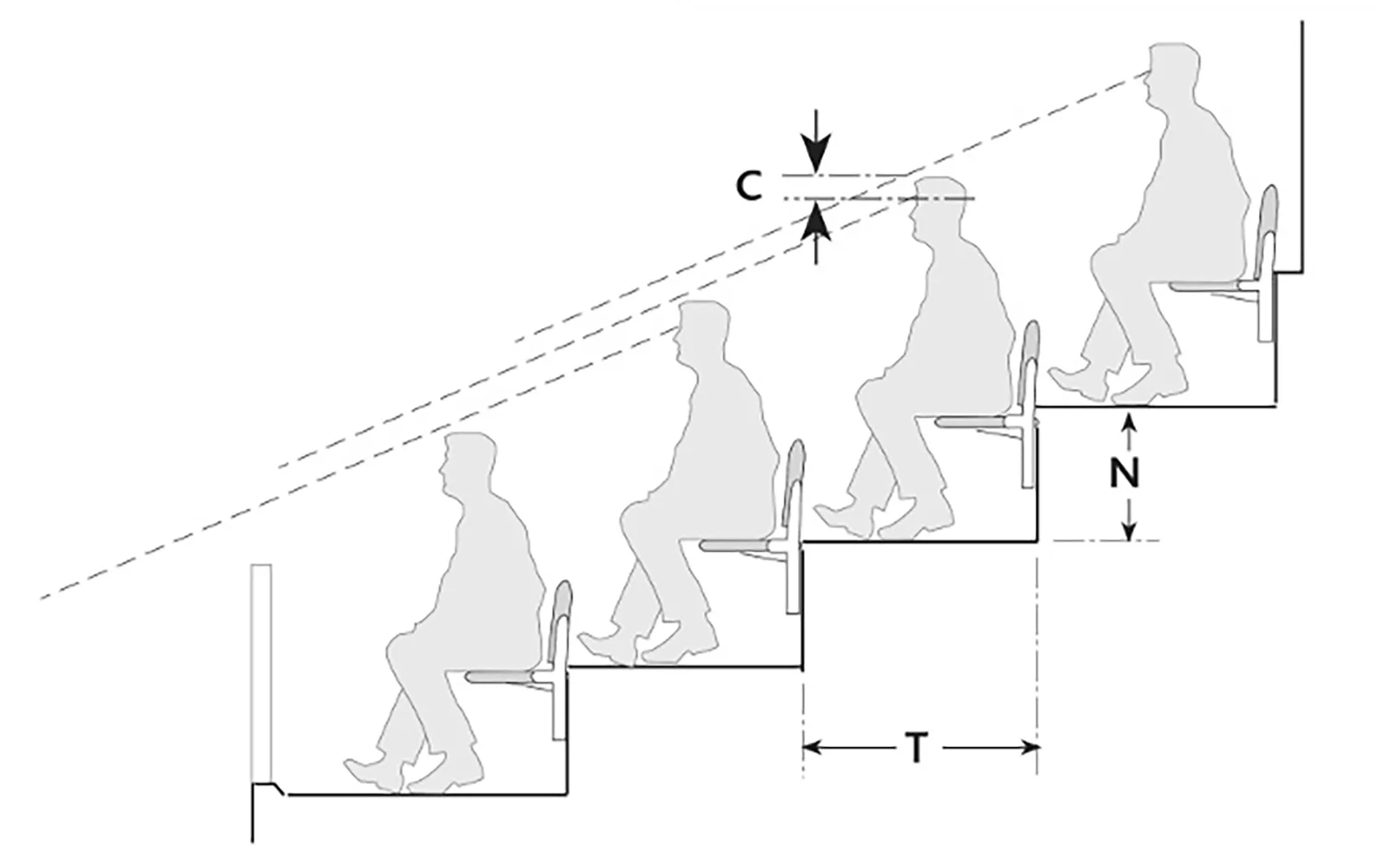
The architects and engineers who design stadiums have to think very carefully about the way the seats are laid out to squeeze in as many seats as possible without compromising on the quality of the view. This is where the concept of C-Value comes into play. C-Value is the vertical distance in mm between your line of sight and the eye of the person in front.

Unfortunately, the designers can’t always give a C-Value of 150 because there wouldn’t be enough headroom below the floor above and the cost would increase significantly.
How Computational Design is used here
Architects usually start by knowing the C-Value they want to provide and calculating the step heights (N) accordingly. This is where Computational Design comes into play.
Since we need to know the previous riser height value to calculate the next one, we need to use the technique called recursion. Recursion is a computational process which requires a series of operations to be continually performed until a stopping condition is met.
- In Dynamo, this is best calculated using a simple Python script. You can use the ‘Stadium.Cvalue' node from the BVN Dynamo package.
- The TORO plugin for Rhino does that as well. It helps create stadium geometry from the old cValue method.
2. Seating Bowl

Once the designer has the step profile and path, a seating bowl can easily be generated as a sweep. The sweep path will usually be the same as the line of focus.
How Computational Design is used here
Although the sweep path can be manually drawn, the sweep profile can be automated using Computational Design methods. There are multiple techniques to do this:
-
The designer can use the ‘Stadium.ModelCurve’ node from the BVN package to create the sweep profile directly within the Revit project environment.
-
The designer can use the ‘Stadium.ProfileCurve' node from the BVN package to create the sweep profile within a 2D profile family.
3. Concourses & Multiple tiers

This step typically goes hand in hand with Step 4. Let us first understand what a concourse is. A concourse is defined as a circulation area that provides direct access to and from viewing accommodation. The concourse is linked by vomitories, passageways, stairs or ramps.
How Computational Design is used here
To create concourses, the designer simply has to repeat Step 4 but with new values.
4. The Stadium Envelope

Once the seating bowl has been made, the next step is to create the stadium envelope and skin. The stadium envelope is a modular system, which provides shade and houses the arena’s technical systems. This is also the element which gives the stadium its imageability and identity. Using Computational Design techniques is extremely valuable here.
How Computational Design is used here
-
External envelope: Integrated parametric systems can be used to conceptualise, simulate, and document the complex geometric systems.
-
Simulation structural behaviour: Physics simulation tools like Kangaroo can be used to test the basic structural behaviour of the envelope.
-
Detailed analysis and engineering: Custom scripts can be used to automate the communication of centerline information to the structural engineering team.
-
Optimising the facade: Topology optimization is a technology for developing optimised structures considering design parameters like expected loads, available design space, materials, and cost. Embedded early in the design process, it enables the creation of designs with minimal mass and maximal stiffness. Computational design tools such as Grasshopper and Rhino 3D with plugins for topology optimization functions are used for this. There are specific topology optimization software packages that come with built-in optimization and simulation functions.
Case Study: Hangzhou Tennis Center by NBBJ

Constructed in 2019, The Hangzhou Tennis Center in China spans an area of about 400,000 sq m. The world class sporting venue features an iconic lotus-petal design and is able to accommodate 10,000 viewers.
Referred to as petals, the trusses create a large-scale repetitive pattern which encloses the stadium seating bowl. In addition to giving the tennis stadium its visual image, the shell also functionally provides shade and rain protection for the seating bowl.
How Computational Design was used here

-
Exterior Envelope: Integrated parametric system was created to conceptualise, simulate, and document the complex geometric systems.
-
Form variation: Rapid refining of the building form and testing alternatives.
-
Structural Collaboration: Systems for producing analysis-ready structural models.
-
Conceptual simulation: Integrating intuitive physics simulation for an understanding of complex structures and to test basic structural behaviour.
-
Surface Analysis and Cladding: Surface property visualisation and detailed parametric panelling systems.
-
Coordination: Organising and exporting parametrically generated models for use in external documentation software.
-
Documentation: Parametric workflow systems were invented to link together disparate design and documentation environments for a more seamless international collaboration.
Want to specialise in sports architecture? Stadium Design is one of the electives taught in the Novatr’s Master Computational Design Course for Real World Application. The course helps you:
- Become a Computational Design Specialist in just 8 months of part-time, online study.
- Learn from industry experts working at top firms like ZHA, Populous, and UNStudio.
- Master 6+ software, 15+ plugins and industry workflows.
- Build a core specialisation in High Performance Building Analysis or Computational BIM Workflow.
- Get placement assistance to land jobs in globally operating firms.
Get started with Computational Design today.

 Thanks for connecting!
Thanks for connecting!

-1.png)
-2.png?width=767&height=168&name=MCD%20B%20(Course%20Banner)-2.png)
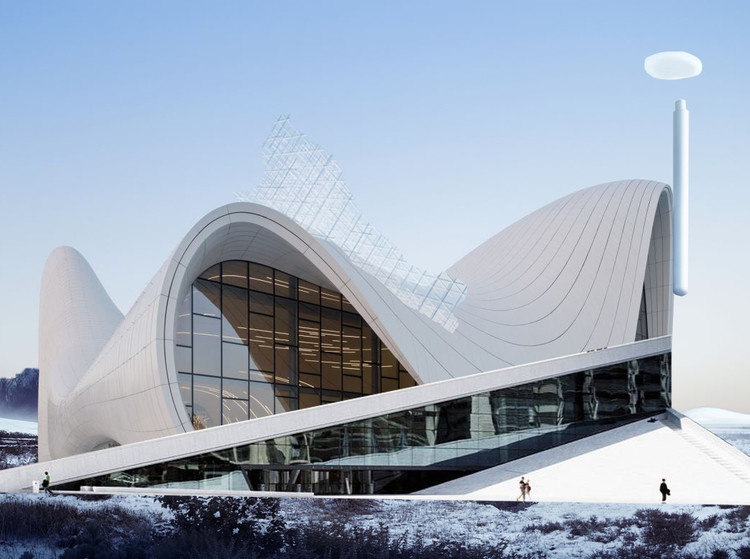

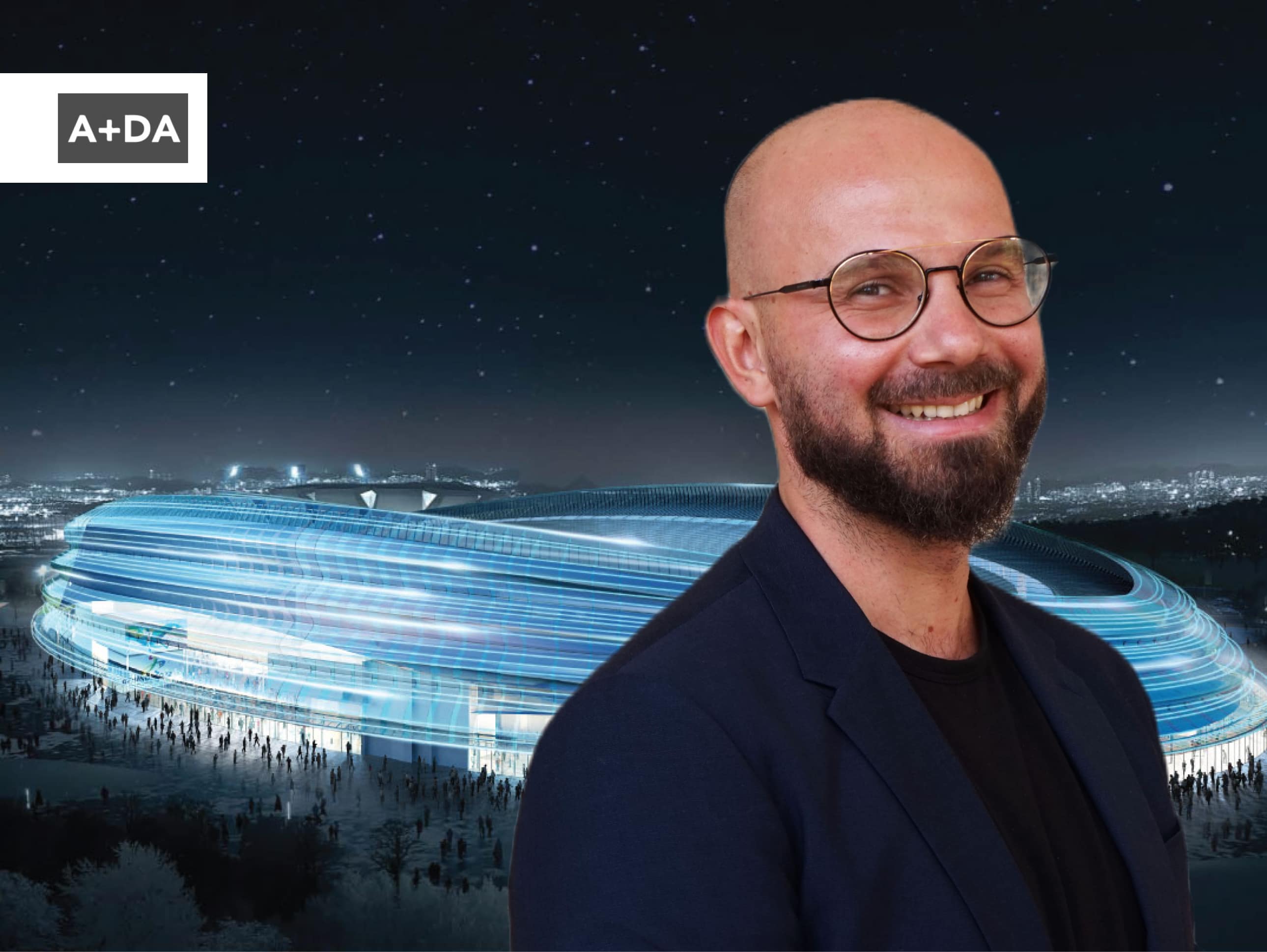
.png)
-1.png)
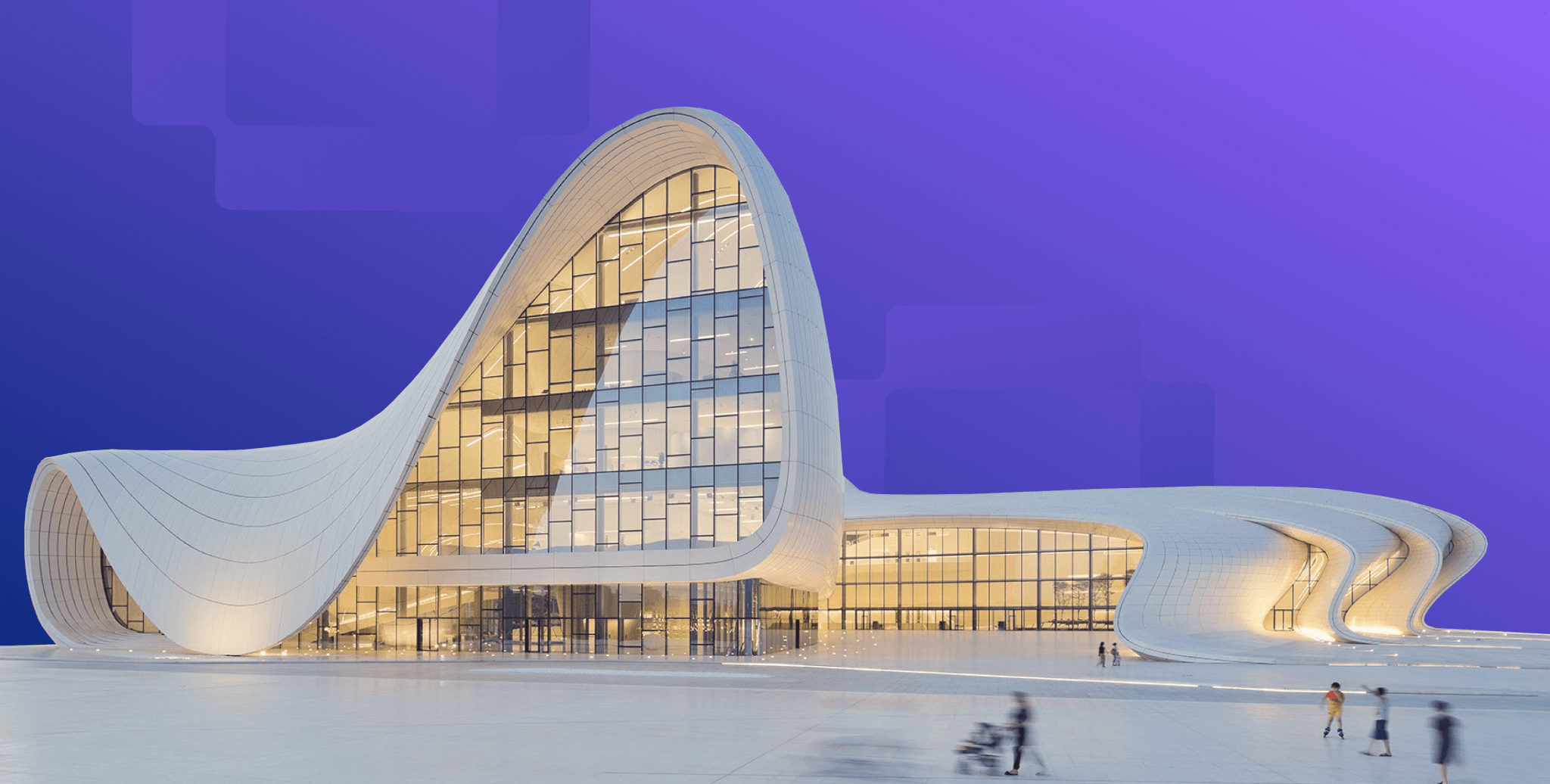

-1.jpg)
